5. Turtles Can Fly (2004)
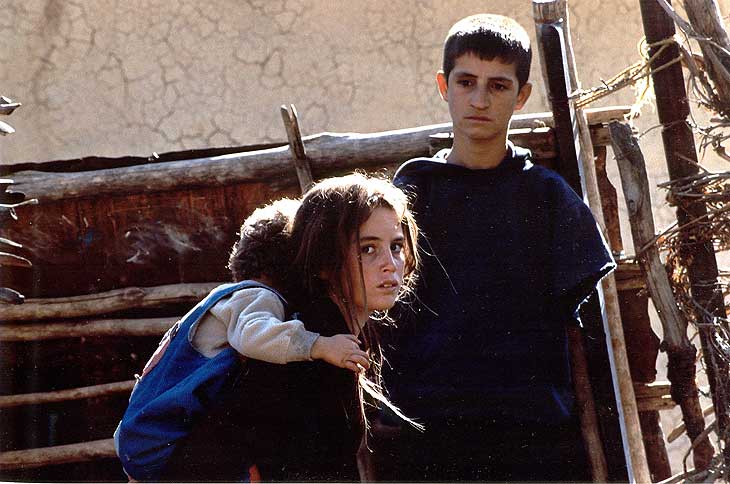
Bahman Ghobadi’s masterpiece, which includes memories of his own childhood, is a true classic.
“Turtles Can Fly,” which is the first film shot in Iraq after Saddam Hussein, stands in a special place with a realistic semi-documentary narrative.
The film focuses on children who try to survive by collecting mines in the Kurdish refugee camp on the Iraq-Turkey border after the Hussein era.
It contains messages that become evident as you interpret details without worrying about simple didactic messages. It is one of the most original examples of Iranian cinema with its success in reflecting the Kurdish people’s experiences, and the destructive psychological and sociological effects of the war, without the exploitation of emotions.
Bahman Ghobadi’s cinema is also important in creating social memory, confrontation, and awareness in human rights violations thanks to its refined style of social reality.
It is the film of all innocent children of the world that are sacrificed to the policies of dictators and fascists.
“Turtles Can Fly” received Best Film Award at the 52nd San Sebastian Film Festival, and it also won the Peace Prize at the Berlin Film Festival.
4. Angst (1983)
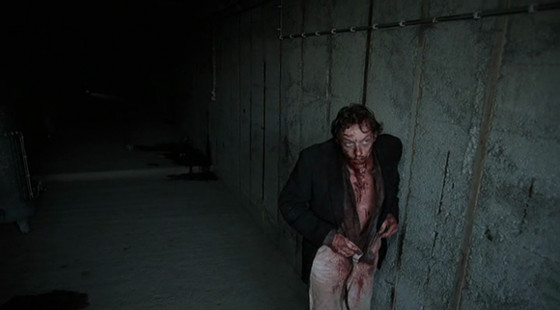
Angst is an Austrian horror film, co-written and directed by Gerald Kargl. It was banned all over Europe for extreme violence in 1983.
Angst, etymologically, evokes the meaning of fear in German and English. When we go deeper, it meets one’s existence, internal alienation, and anxiety.
After four years in prison for the murder of an old woman, a man is released. As soon as he leaves, he plans to kill again and starts looking for possible victims. He first attempts to kill a driver but he fails and escapes. Then he comes to a house where a family lives and, while thinking about his troubled childhood, starts playing “funny games” with his new victims.
Angst, which is almost all in the form of internal conversation, manages to attract the audience with the unconventional and innovative camera work.
In addition, Erwin Leder’s splendid performance and Klaus Schulze’s impressive music combine to make it hypnotic.
It is also known as one of the most influential films on Gaspar Noe.
3. Everything’s Gonna Be Great (1998)
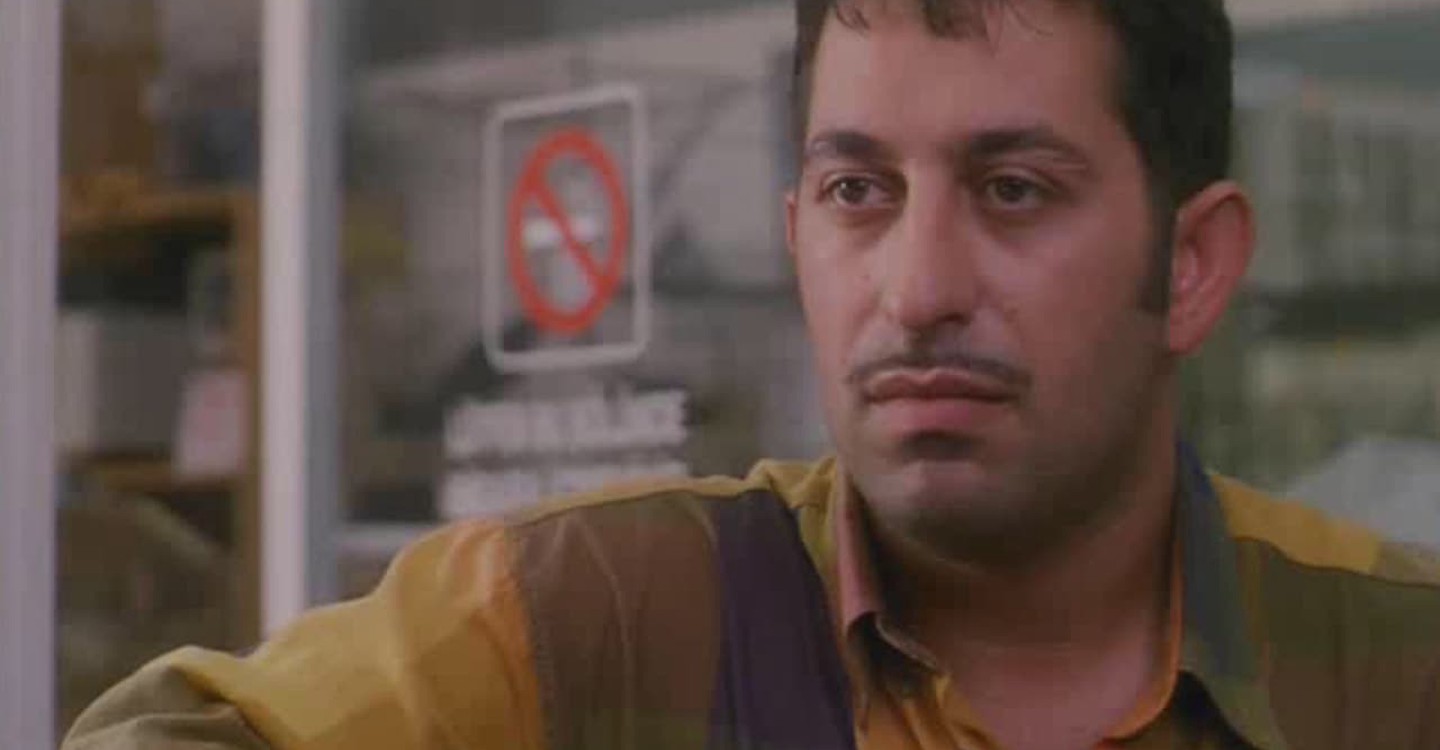
“Everything’s Gonna Be Great” is a true Turkish comedy classic. Turkey’s most famous comedian Cem Yilmaz wrote the screenplay for the film. And thanks to unforgettable performances of Mazhar Alanson and Yılmaz, it’s become one of the most special films of Turkish cinema.
Altan (Cem Yılmaz) is an unemployed man wandering the streets of Istanbul and his only dream is to open a bar. Altan meets his older brother Nuri (Mazhar Alanson), whom he had not seen for years, and reunites with him after a fight in a buffet. Although Altan is irregular and living as he lives, Nuri is a meticulous and disciplined person.
As a character, the paths of these two completely different brothers will cross the dangerous, as well as funny adventures that Altan enters in order to save his fading marriage and open his dream bar.
This brilliant comedy, in which drama and depressive elements are embellished with tragicomic elements, is a hopeful film that says that after every bad day and every bad moment, there can be hope and everything can be great.
2. Poetry (2010)
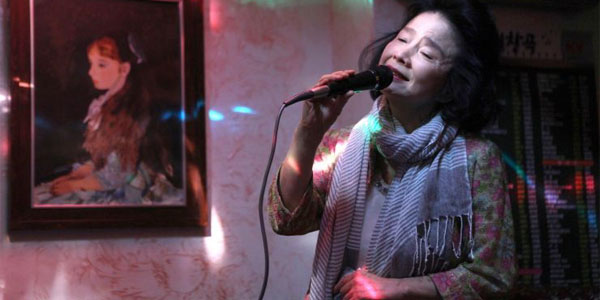
“Poetry,” which won the Best Screenplay Award at the Cannes Film Festival, is one of the most exclusive works of South Korean director Lee Chang-dong’s filmography.
It conveys the story of Mija, who is suffering from Alzheimer’s disease. Whilst she tries to write poems with determination, she is also dragged in pursuit of a crime committed by her grandson.
Mija strives not to get dirty between her impervious grandson Wook and a bunch of selfish men. As time goes by, this smiling woman becomes increasingly sad, and the evil that surrounds her in this period that she begins to forget makes her face the bitter side of life.
It stands out by emphasizing on conscience, justice, poetry-human relations, the necessity of art to be human. And its expression that does not resort to unnecessary sentimentality makes it more special.
“Poetry” creates a peaceful atmosphere with the river, the sound of the water, the trees, the sunny weather, and the sound of the birds and children playing. It also shows the exact opposite and focuses on a spirit that struggles in contradictions.
“Shi” is, first of all, a film of resistance, the resistance of women to men, memory to self-destruction, conscience to evil, and art to oppression.
1. Mauvais Sang (1986)
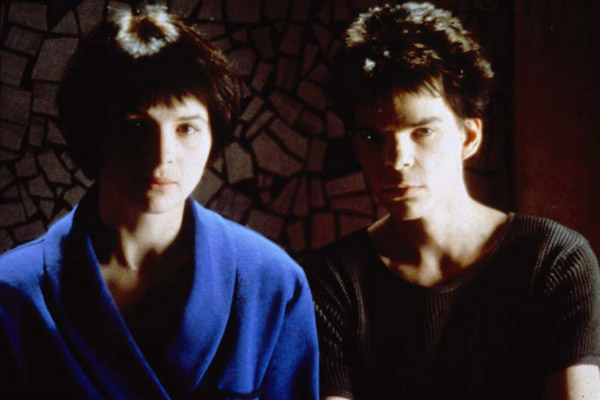
Leos Carax, the unpredictable auteur of contemporary cinema, is a director of timelessness. Carax’s deranged love story “Mauvais Sang,” one of the most exclusive classics in history, contains all the elements of his indefinable cinema.
“Mauvais Sang” takes place in the future of Paris, where people who have sexual intercourse without emotional involvement are caught by a virus called stboa. Alex (Denis Lavant), who leaves his lover Lise (Julie Delpy) behind, is assigned to steal the government-generated serum against this virus that has shaken Paris.
When Alex falls in love with Anna (Juliette Binoche) during his mission, it turns as one of the most impressive cult romantic sci-fi films, with different shades of color, melancholic spaces, and deconstructive storytelling.
Carax seems to try to free us from all our perceptions, to banish us from all our perspectives and to make us focus on the feeling in a pure way.
While affixing question marks to all we know and believe, at the end he gets what he wants: we have just pieces of ambiguous emotion and the plot is not important at all.
Fragmentary but stunning.